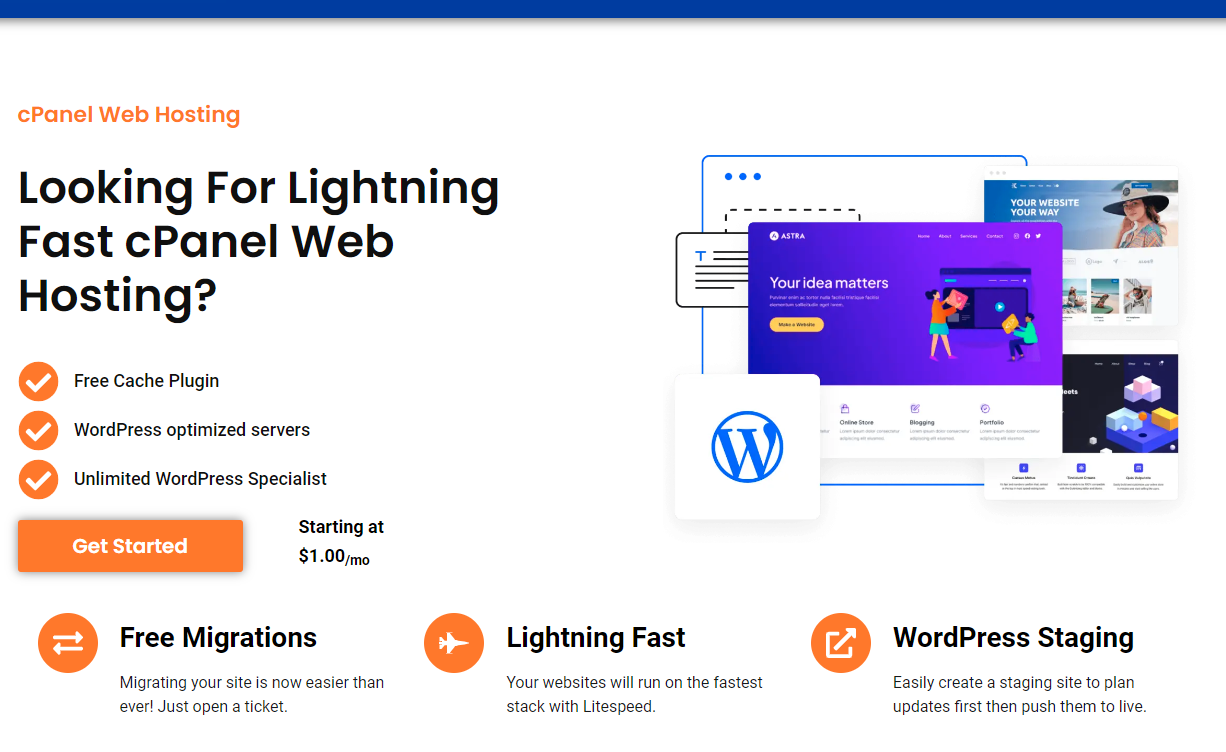If you’re running a WordPress site, chances are you’ve encountered the frustrating problem of contact form spam. These unwanted submissions can clutter your inbox, waste your time, and even pose security risks. Fortunately, there are several effective strategies to block contact form spam in WordPress. In this guide, we’ll explore various methods to keep your contact forms clean and secure.
Why Is Contact Form Spam a Problem?
Contact form spam typically involves automated bots or malicious users flooding your contact forms with irrelevant or harmful messages. This can lead to:
- Wasted Time: Sifting through spammy submissions takes time away from more important tasks.
- Resource Drain: Excessive spam can strain your website’s resources, slowing down performance.
- Security Risks: Some spam messages may contain harmful links or attempt to exploit vulnerabilities in your website.
Given these issues, it’s crucial to implement measures to block contact form spam in WordPress.

Methods to Block Contact Form Spam in WordPress
There are several effective strategies to reduce or eliminate contact form spam on your WordPress site. Here are some of the most popular and effective options:
1. Use a CAPTCHA
One of the simplest and most effective ways to block contact form spam is by using a CAPTCHA. CAPTCHAs require users to complete a task (like identifying images or solving a math problem) before submitting the form. This helps ensure that the submission is coming from a human, not a bot.
- Popular Options: Google reCAPTCHA is widely used and easy to integrate with popular WordPress contact form plugins like Contact Form 7, WPForms, and Gravity Forms.
2. Enable Honeypot Technique
The honeypot technique is a spam prevention method that adds an invisible field to your contact form. Human users won’t see or fill out this field, but spambots, which automatically fill out all fields, will. When the hidden field is completed, the form submission is blocked as spam.
- How to Implement: Many WordPress contact form plugins, such as WPForms, have built-in honeypot functionality that can be easily enabled.
3. Install Anti-Spam Plugins
There are dedicated anti-spam plugins designed to block contact form spam in WordPress. These plugins offer advanced filtering and can significantly reduce spam submissions.
- Recommended Plugins: Akismet is one of the most popular anti-spam plugins for WordPress. It automatically filters out spammy submissions before they reach your inbox.
4. Implement Email Verification
Requiring users to verify their email address before submitting the form is another effective way to block spam. This method involves sending a confirmation email to the user, who must click a link to verify their submission.
- Advantages: This not only reduces spam but also ensures that you’re collecting valid email addresses.
5. Limit Form Submissions
Another tactic to block contact form spam in WordPress is to limit the number of form submissions from the same IP address within a certain time frame. This prevents bots from flooding your form with submissions in quick succession.
- Implementation: Some contact form plugins allow you to set submission limits based on IP address, helping to reduce spam.
6. Use Custom Form Fields
Using custom or less common form fields can confuse spambots that are programmed to fill out standard fields like “Name” and “Email.” By adding unique fields or using dropdowns and radio buttons, you can decrease the likelihood of spam submissions.
- Considerations: Ensure that custom fields still make sense for your users and don’t complicate the form unnecessarily.
Best Practices for Managing Contact Form Spam
While the above methods can significantly reduce spam, it’s essential to monitor your contact forms regularly. Here are a few best practices:
- Regularly Update Plugins: Keep your WordPress plugins, including contact forms and anti-spam tools, updated to protect against the latest threats.
- Monitor Submissions: Review your form submissions periodically to ensure that spam is effectively blocked and genuine messages are getting through.
- Use Multiple Layers of Protection: Combining several of the methods mentioned above will give you the best defense against contact form spam.
Conclusion
Blocking contact form spam in WordPress is crucial for maintaining a clean and secure website. By implementing strategies like CAPTCHAs, honeypots, and anti-spam plugins, you can drastically reduce the amount of spam you receive. Regular monitoring and updates will ensure that your defenses remain strong against new threats. Protect your contact forms today to save time, enhance security, and improve user experience.





